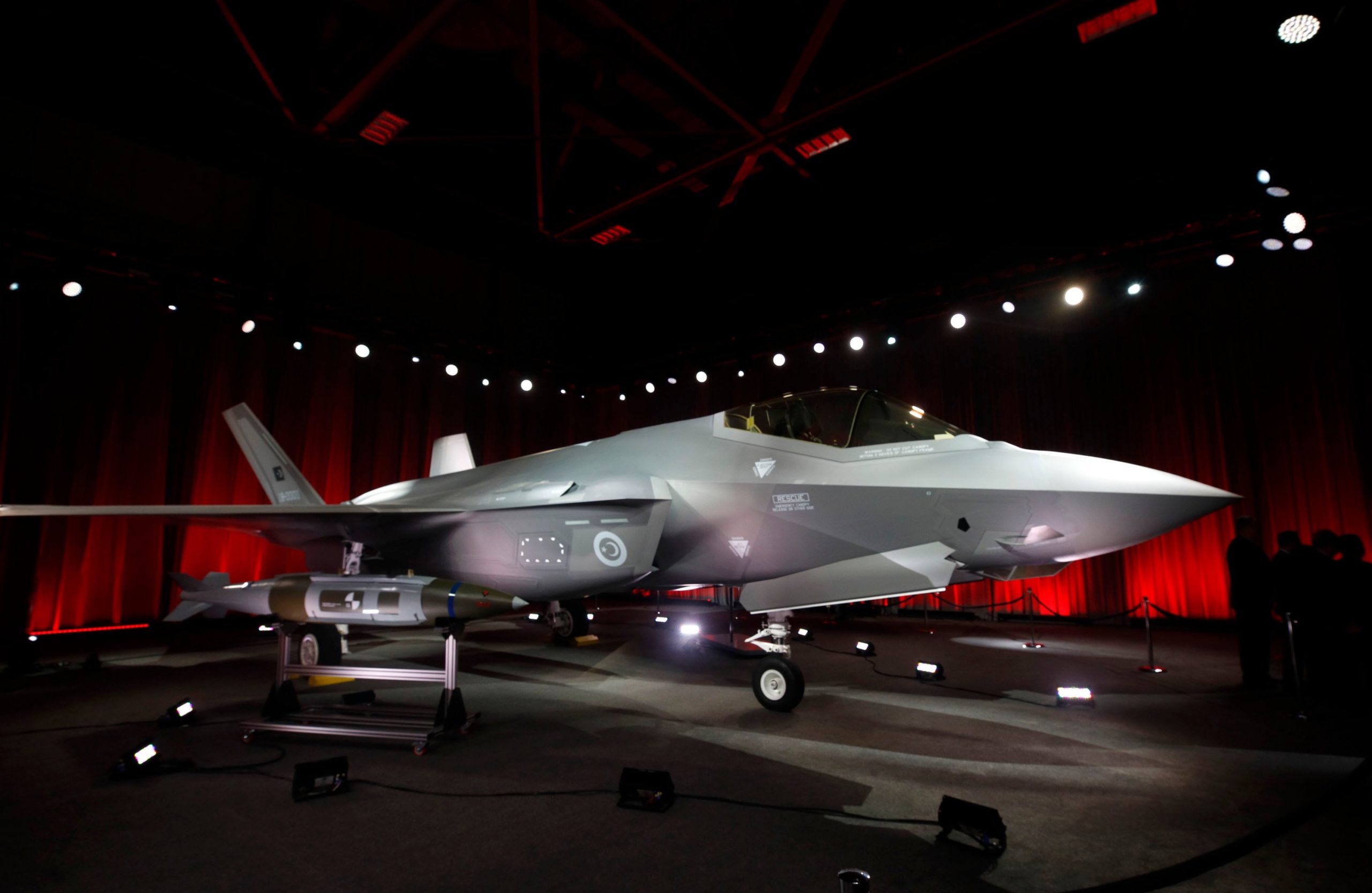The U.S. decision to expel Turkey from the Lockheed Martin’s F-35 program is likely to compound its already beleaguered supply chain issues from a production increase, a U.S. congressional watchdog has warned.
In its latest annual report, the Government Accountability Office (GAO) said some suppliers struggled to meet increased production demands in 2019, and as a result, the program witnessed increased rates of late deliveries of parts due to shortages.
While the program made progress in lowering prices and increasing production, according to the GAO, about 7,000 of its more than 10,000 airframe contractors’ “key processes” do not “meet predefined design standards for ensuring product quality,” and it continues to face supply shortages that are likely to be exacerbated by Turkey’s removal.
Still “more needs to be done,” investigators wrote in the report on the production of the next-generation stealthy fighter. “The program is at risk of missing its test schedule and not meeting manufacturing leading practices.”
The Donald Trump administration’s July 2019 decision to expel Turkey from the F-35 program because of its acquisition of an advanced Russian air defense system “is likely to compound production risks,” the GAO said.
“The program has identified new sources for 1,005 parts produced by Turkish suppliers, but the program is assessing the effect of 15 key parts not currently being produced at the needed production rate,” it said.
The number of F-35 parts delivered late skyrocketed from less than 2,000 in August 2017 to upward of 10,000 in July 2019, according to the watchdog. The number of parts shortages per month also climbed from 875 in July 2018 to more than 8,000 in July 2019. It said over 60% of the shortages are caused by 20 suppliers.
The GAO cited data from the Pentagon’s Defense Contract Management Agency that said at the time of Turkey’s removal, the program was facing increasing levels of late deliveries of aircraft parts and parts shortages.
A U.S. official told the GAO that Turkish suppliers will provide parts through deliveries of the 14th production contract, or about 2022, in order to help “avoid disruptions to aircraft deliveries and additional cost growth from standing up new suppliers.”
The watchdog further noted that “risk remains” with the administration’s plan to switch from Turkish to alternative suppliers, noting in particular that “some of these new parts suppliers will not be producing at the rate required until next year, as roughly 10% are new to the F-35 program.”
“Airframe contractor representatives stated it would take over a year to stand up these new suppliers, with lead times depending on several factors, such as part complexity, quantity and the supplier’s production maturity,” the GAO cautioned.
It further cited a warning from an anonymous F-35 program official who said it is not clear how prices from alternative suppliers would compare to those from Turkey, “but the official noted that alternative sources could be more costly.”
Turkey’s Defense Industries Presidency (SSB) head İsmail Demir last week said the country is still producing and delivering parts for the F-35 jets despite being suspended from the program nearly a year ago.
“There was an understanding in the United States that nothing would be bought from Turkey for the F-35s after March 2020, but that approach is no longer there,” Demir said. “Our companies continue their production and delivery,” he noted, adding that Turkey remained a “loyal partner” of the F-35 program.
Taking Turkey out of the project would cost other members of the program up to $600 million, he said.
Washington announced last July that it was removing Turkey from the F-35 jet program over its purchase of Russian S-400 defense systems.
Ankara had ordered more than 100 of the stealth fighters, and Turkish defense companies were also involved in building the jets, manufacturing some of the critical components for the aircraft.
Despite the fact that Turkey has been emphasizing that the S-400 would not be integrated into NATO systems and therefore had no chance to pose any threat to the alliance or its armaments, the U.S. has insisted that the Russian system is not compatible with weapons of the NATO air-and-missile defense system.
Last Updated on May 13, 2020 4:22 pm










Discussion about this post